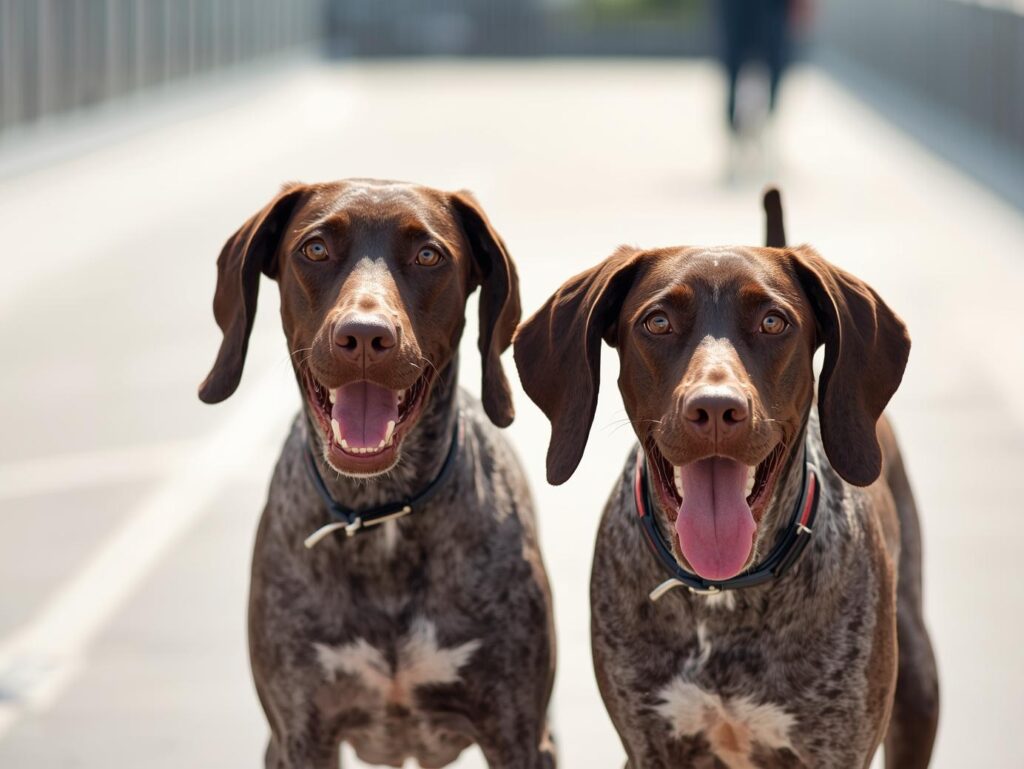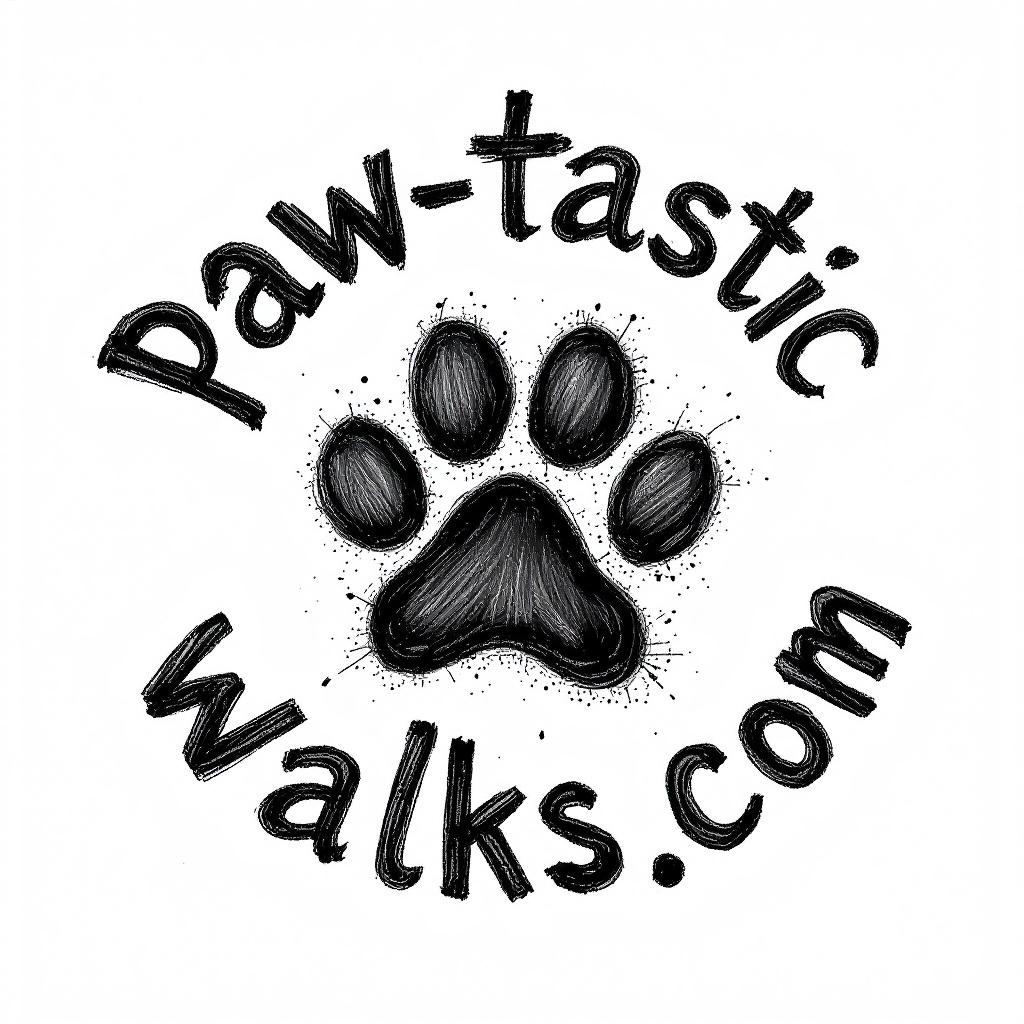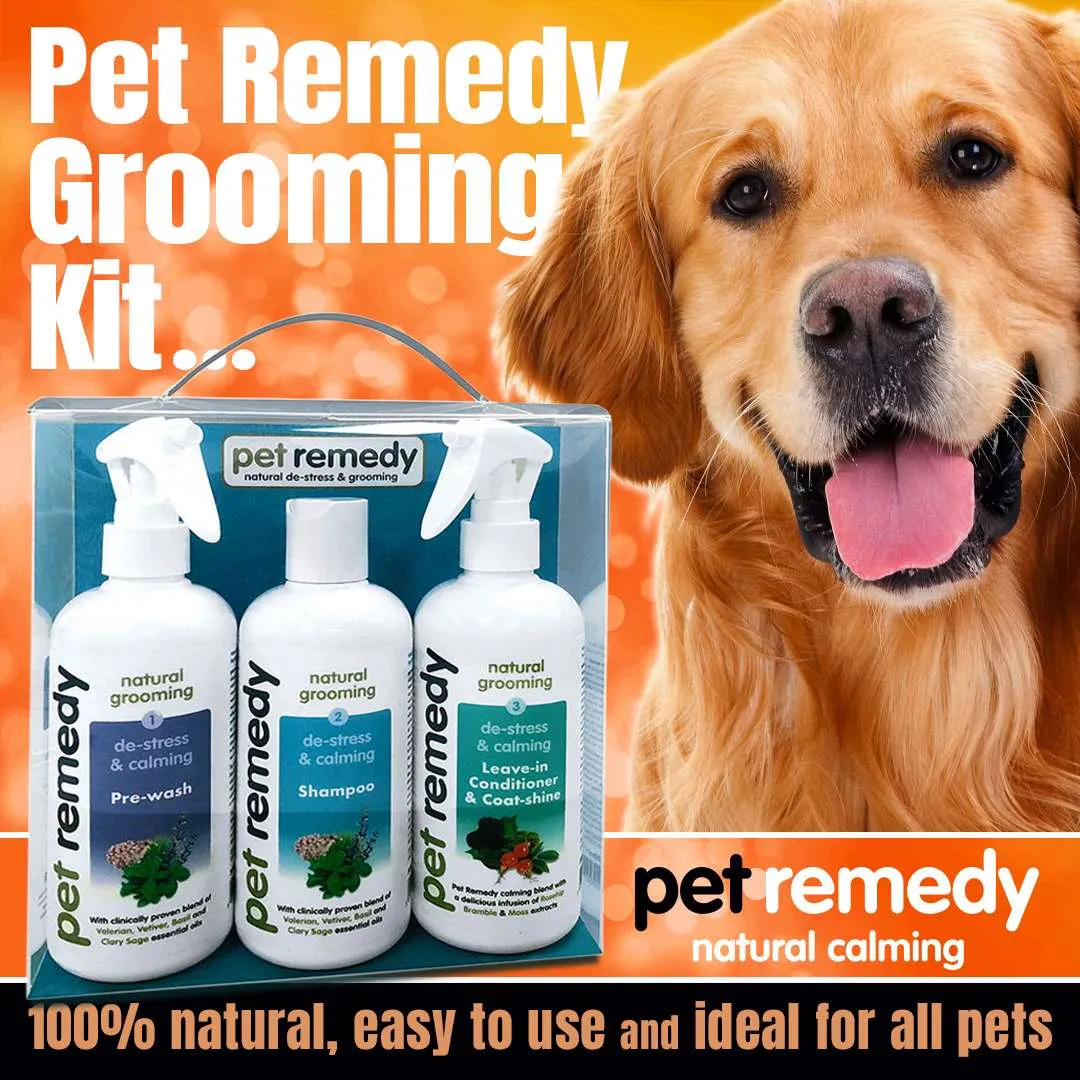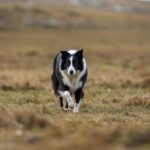High-octane and eager to go, German Shorthaired Pointers thrive when their legs and brains stay busy.
These athletic dogs were bred to hunt, and according to breed guides, they need at least 1 to 2 hours of daily exercise to stay calm and happy.
If you are new to German Shorthaired Pointers, expect a smart, affectionate companion who loves to move and explore.
This post shows you how to plan safe, fun walks that actually tire your GSP out. You will get simple tips for pacing, recall, leads, and mental games that suit our Cornish lanes, moor paths, and beach days.
We will also cover practical safety steps, like avoiding common walking mistakes and building good habits early.
If you live in East Cornwall and your schedule is tight, a professional dog walker can help keep your GSP’s routine on track.
Local dog walking, daily dog walks, and group dog walks give consistent exercise and social time, which reduces unwanted behavior at home.
If you are searching for a reliable dog walker or pet walking near me, this guide will help you choose the right support and understand dog walking rates and dog exercise services.
Up next, we will look at pace and route choices, lead and harness setups, rainy-day plans, recall games, and how to avoid trouble on busy paths.
For a head start on safety, see these common mistakes in dog walking and fixes, then come back for GSP-specific tips that fit East Cornwall life.
Understanding Your German Shorthaired Pointer’s Exercise Needs

German Shorthaired Pointers are built to move, think, and hunt. If you meet their needs, you get a calm, affectionate housemate.
If you fall short, you may see restlessness, barking, or garden redesign. The sweet spot is daily structure, variety, and enough mileage to match their drive.

Key Traits That Make Walks Essential
GSPs are athletes. Their short, dense coat sheds rain and dries fast, which suits Cornish drizzle.
A strong, muscular build powers steady trots on moor paths and quick sprints on the beach. Their long legs eat up distance with ease.
They are also scent-driven and clever. This breed was developed to find, point, and retrieve, much like other pointing dogs. That heritage means a sharp nose, high focus, and strong prey interest.
Add a soft, loving nature and a big desire to work with you, and you get a partner who thrives on purposeful activity.
Why variety matters:
- Sniffing tasks tire the brain. A short “find it” game can calm a busy mind.
- Pace changes burn energy. Mix brisk heelwork, steady jogs, and free running where safe.
- New terrain boosts engagement. Try coast paths, woodland trails, and quiet moor tracks.
Helpful add-ons:
- Use a well-fitted harness for control without pressure on the neck. See this guide to the best dog harness for large dogs if your GSP pulls when excited.
- Pack a few high-value rewards. Swap treats with a quick game using tug toys for bursts of play and bonding.
- Plan for mental reps. Simple scent trails, short obedience bursts, and recall drills keep walks fun and focused.
Bottom line, german shorthaired pointers need movement and novelty. Change the route, tweak the speed, and give their nose a job.
You will see a happier dog at home.

How Much Exercise Is Just Right?
Most adult GSPs need 1 to 2 hours each day. PetMD backs this range and notes they benefit from intense work when not used for sport. See the PetMD overview on German Shorthaired Pointer care and exercise for context.
A simple split for adults:
- Morning, 45 to 60 minutes. Brisk walk or steady run, plus recall and heelwork.
- Midday or afternoon, 20 to 30 minutes. Sniff walk, puzzle feeding, or quick fetch.
- Evening, 20 to 30 minutes. Loose-lead stroll, calm training, or indoor play.
Real-world example for high-energy days:
- Some owners report a 10k run in the morning, a short hike at midday, and free running later.
- This anecdote from a GSP group shows what a busy routine can look like for working lines: average exercise for a GSP. Treat it as an upper-end example, not a starting point.
For puppies:
- Follow the common “five minutes per month of age” per session for structured walks.
- Keep runs short and soft underfoot. Joints are still developing.
- Focus on recall, confidence, and polite lead skills. Add gentle sniff games at home.
For seniors:
- Many seniors still love 60 minutes each day, split into shorter bouts.
- Swap sprints for scent trails and hill-free routes.
- Keep muscles warm and use a supportive harness if needed.
Build variety across the week:
- Beach day, with intervals of recall and short sprints.
- Woodland sniff walk, with two or three food searches.
- Moor loop with steady trotting, then a calm cooldown around lanes.
- Wet weather plan? Use indoor scent work and a few rounds of tug toys.
Track and adjust:
- A GPS log helps you balance distance, pace, and rest. See our guide to the Tractive GPS dog tracker to track routes and spot gaps.
- Watch behavior at home. Restful naps, easy focus, and low fidgeting are good signs.
Safety tip for busy areas in East Cornwall:
- Keep high-value treats ready, use a solid harness, and practice strong recall. If your GSP is excitable near other dogs, refresh your plan with this quick read on dealing with loose aggressive dogs on walks.
If life is hectic, daily dog walks with a professional dog walker can help you stay consistent.
Local dog walking and group dog walks offer social time and structure.
Many owners search “pet walking near me” to keep a routine on track. Ask about puppy walking services, dog exercise services, and dog walking rates, then choose a reliable dog walker who understands high-drive breeds.
Top Tips for Fun and Safe Walks with Your GSP
German Shorthaired Pointers love a purposeful walk. They enjoy pace changes, scent puzzles, and open spaces.
Use these tips to keep walks safe, structured, and exciting around East Cornwall.
 Photo by Gabe
Photo by Gabe
Choosing the Right Gear and Routes
A well-fitted harness protects your dog’s neck and shoulders. It spreads pressure across the chest, which helps with control and comfort. Pick a Y-front design that allows free shoulder movement.
Collars are great for ID tags, but they are not ideal for pulling.
Gear that works:
- Two-point harness with a front clip for steering.
- A 2 to 3 meter lead for relaxed sniff time.
- A high-visibility tag and LED light for low light lanes.
Route ideas in East Cornwall:
- Kit Hill for steady climbs and wide views.
- Siblyback Lake for even paths and clear sight lines.
- Seaton Valley Countryside Park for shaded tracks and streams.
- Bodmin Moor edges near Minions for open, breezy loops.
Thinking about off-lead time? Only let your GSP off when recall is solid. Check local rules and signs. Many beaches have seasonal rules, and some paths run near livestock.
For ideas and maps, browse the best dog-friendly trails in Cornwall. If rain is rolling in, here is a quick guide on walking your dog in the rain with comfort and safety in mind.
Need help with consistency? Our dog walking services in East Cornwall support daily dog walks, group dog walks, and puppy walking services when life gets busy.
Training Tricks for Better Leash Behavior
Short training sessions make a big difference. Aim for 3 to 5 minutes before you head out.
Practice a calm sit at the door, name recognition, and one or two leash skills. Keep it upbeat and use food or toys your dog loves.
Try this simple plan:
- Reward for eye contact before you clip the lead.
- Step out, then pay for a loose lead and a soft J shape.
- If your GSP surges, stop, breathe, and wait for slack. Then move.
- Switch directions every 10 to 20 steps to keep focus sharp.
Use positive reinforcement so your dog learns what pays. It builds confidence and keeps training fun.
For a quick primer, see how positive reinforcement creates strong, repeatable behaviors.
Many owners also like this practical read on training a German Shorthaired Pointer to walk on a leash.
Common mistakes to avoid:
- Marching out with a tight lead. Your dog learns to pull.
- Talking nonstop. Mark and reward the exact moments you want.
- Long sessions when your dog is wired. Keep it short, then walk.
- Skipping proofing. Practice near light distractions before busy spots.
Want extra help with structure and timing?
These easy leash training secrets for dogs break down cues, rewards, and step-by-step progress.
Safety note for busy lanes and fields: refresh your plan for unexpected encounters with this guide to dealing with loose aggressive dogs on walks.
It covers space management, body position, and calm exits. For a wider look at risks and how to reduce them, see is dog walking dangerous?
Making Walks Exciting with Activities
German Shorthaired Pointers need brain work as much as miles. Mix in short games to keep focus and reduce pulling.
You can use food, scent, or quick play for rewards. Keep bursts short and upbeat.
Easy activities to try:
- Sniff trails: Drop 6 to 8 treats in grass, then cue “find it.”
- Street scavenger: Ask for sit, down, spin, or touch at every third lamppost.
- Pattern games: Walk 10 steps, stop, reward, repeat for three rounds.
- Quick play: Pack soft tug toys for fast, controlled bursts between training blocks.
- Scatter feeds: Toss a small handful of kibble on cue to reset arousal.
Example mini-circuit for a 40-minute walk:
- 10 minutes brisk loose-lead walking.
- 5 minutes recall practice with two or three short sprints.
- 5 minutes scent work in a quiet verge.
- 10 minutes steady trotting with heel pops every minute.
- 5 minutes calm cooldown and one simple trick chain.
- 5 minutes relaxed sniffing before home.
For route inspiration on different days, scan these friendly roundups of top Cornwall dog walks. Rotate coast, woods, and moor to keep novelty high. With german shorthaired pointers, variety equals balance.
If you would like structured enrichment on busy weeks, a professional dog walker can help.
Ask about group dog walks for controlled social time, daily dog walks for routine, and puppy walking services for early skills.
If you are searching for a reliable dog walker or “pet walking near me,” compare dog walking rates and pick the support that fits your dog’s energy and your schedule.
Overcoming Common Walking Challenges with German Shorthaired Pointers
German shorthaired pointers are bold, quick, and very smart. That is a brilliant mix, but it can make walks tricky in busy East Cornwall.
Pulling, zig-zagging, and weather hiccups are common. Here is how to keep things calm, safe, and enjoyable for both of you.
 Photo by Gabe
Photo by Gabe
Handling High Energy and Pulling
Your GSP pulls because moving fast works. We change that by teaching that loose leads make the walk move.
The stop-and-go method is simple and effective.
Try this clear routine:
- Start with a 2 to 3 minute warm-up. Quiet sits, hand targets, and two or three treats for eye contact.
- Walk with the lead shaped like a soft J. Say nothing when it is loose.
- The moment your dog tightens the lead, stop. Hold still and breathe.
- When the lead relaxes, mark it with a “yes,” then step on.
- Repeat for the first 5 to 10 minutes, then mix in short turns.
Helpful tweaks that boost results:
- Use a Y-front harness with a front clip for steering. A front clip helps you turn without a tug-of-war.
- Keep treats high value and tiny. Reward often at the start, then taper.
- Add two or three surprise direction changes. Your dog will tune in to follow your movement.
For a quick look at loose-lead training in action, this practical walkthrough on training a German Shorthaired Pointer to walk on a leash shows how consistency pays.
Extra energy to burn? Add short recall sprints on a long line in safe areas. Pair them with brief games using tug toys.
Quick play resets arousal and keeps your dog focused on you.
When to bring in a professional dog walker:
- You struggle to fit in daily dog walks during the week.
- Your GSP is restless at home despite good weekend outings.
- You need help with structure, timing, and social exposure in group dog walks.
A reliable dog walker can deliver steady routines, smart pacing, and controlled social time.
Ask about dog walking rates, local dog walking routes, and dog exercise services that suit high-drive breeds.
If you often search “pet walking near me,” this support can give you a calmer dog and a happier home.
Adapting to Weather and Safety Concerns
Cornish weather shifts fast. Your plan should, too. You can keep german shorthaired pointers happy on wet or wild days with a few simple swaps.
Rainy-day alternatives that still tire your dog:
- Scent games at home. Scatter feeding, box searches, and short hide-and-seek.
- Ten-minute skill bursts. Sit, down, place, and hand target chains.
- Short tug and fetch sets. Use two to three rounds, then a calm settle.
- DIY puzzle time. Freeze meals in a Kong or use a lick mat for focus.
If you want a deeper guide to comfort and kit for wet walks, pair indoor sessions with rain-friendly routines on your dry breaks. For extra enrichment ideas on high-energy days, this round-up of canine enrichment for high-energy dogs offers quick wins you can try anytime.
Safety basics that matter year-round:
- ID and microchip: Keep tags up to date and your microchip registered. Learn how microchips work in this overview of microchip implant in animals.
- Visibility: Use a reflective collar or harness and a small LED in low light.
- Paws and coat: Rinse salt and mud, dry well, and check for cuts between toes.
- Heat and cold: Use shade, water, and rest on warm days. Shorten walks on icy paths to avoid slips.
- Route checks: Avoid livestock fields and busy lanes at peak times. Pick clear sight lines so you can plan space early.
If wild weather keeps you indoors, top up with two or three short training blocks across the day.
Add a couple of calm sniff breaks and a few minutes of structured play. Small, steady pieces beat one long, frantic session.
With that rhythm, your GSP stays settled, even when the clouds do not.
Get this great Tote and a whole lot more on our Apparel site TODAY!
Conclusion
Walking german shorthaired pointers should feel purposeful and joyful. They thrive on 1 to 2 hours of daily activity, split into brisk movement, recall bursts, and short brain games.
Use steady routines, loose-lead skills, and smart pacing to manage that famous drive.
Plan for local challenges in East Cornwall, like busy lanes, livestock, and quick weather shifts, then adjust routes and session length to keep things safe.
Keep what works. Rotate routes, mix scent work with short sprints, and use quick training blocks to settle arousal. Track your dog’s recovery and behavior at home.
Calm naps and easy focus mean you nailed the balance. For background on the breed’s energy and heritage, see the German Shorthaired Pointer overview.
Ready for next steps?
Try two small changes this week, such as adding a five-minute scent game and a relaxed cooldown loop.
If life is busy, book help with local dog walking, daily dog walks, or a professional dog walker you trust.
Ask about group dog walks, puppy walking services, dog walking rates, and dog exercise services that suit your routine.
Thank you for reading. With clear structure and kind consistency, you are building a strong bond and a happier home.
Your GSP will tell you you got it right, usually by flopping at your feet.











